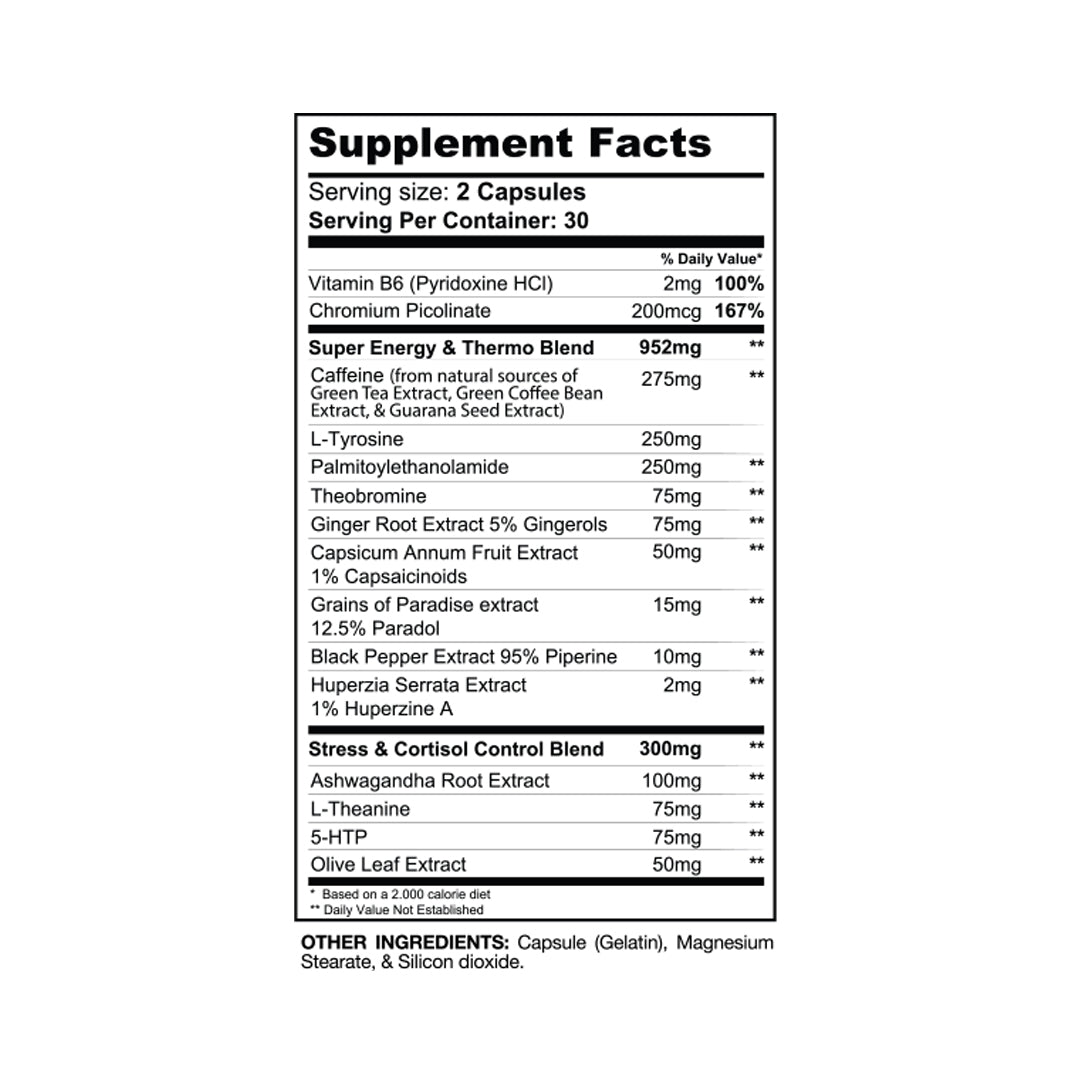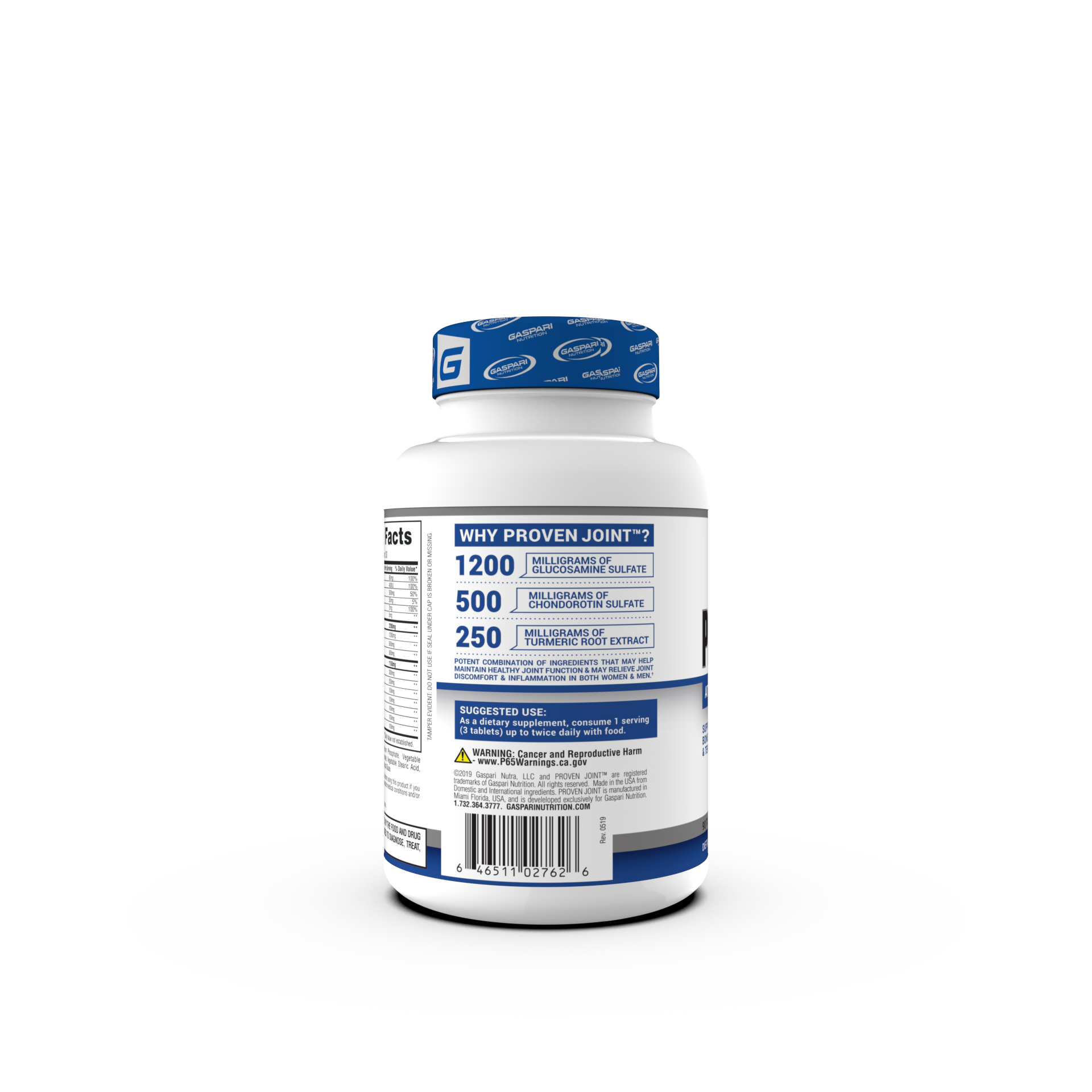Have you ever seen those colorful charts depicting the body mass index? The body mass index (BMI) is the most widely used method for determining whether you’re overweight, underweight, or at a healthy level. This method of measurement takes your weight and height to index your body fat level. BMI charts have been in use since the 1830s. However, scientists are coming up with an improved way to measure body fat.
Problems with BMI
If you want to determine your BMI, you must divide your weight (kilograms) by height (in meters) and then divide by your height for a second time. You compare your number to charts of average weights ranging from 14.0 to over 30. A healthy BMI is between 18.5 and 25. Many medical professionals understand that these numbers are not 100 percent accurate. BMI does not reflect gender differences, ages, and muscle mass.
There are many issues with the BMI scores. BMI measures the weight and height of an individual. These numbers often don’t take into account the fat carried around the abdomen. However, some studies are showing a link between high levels of abdominal fat and a higher risk of type 2 diabetes and heart disease. In a 2012 study, those individuals with large waists had a higher risk of developing these health issues. Under the BMI scale, body types are not taken into account to determine body fat.
In some cases, an athletically fit person can have a BMI which would qualify them as “obese.” With only height and weight as a guide, these charts do count lean muscle in their calculation of body fat. BMI is great for certain individuals, but most people are advised to find alternatives to figure out their ratio of body fat.
However, BMI can help track obesity over a period of time and throughout the general population. In some cases, these scores can flag potential health problems if the person carries a high amount of weight.
Relative Fat Mass Index
The problems with BMI have not been overlooked. Some scientists have designed a new and improved scale. This new scale is known as the relative fat mass index or RFM. These researchers believe their RFM is more accurate than BMI. While the BMI needs a scale and tape measure for its calculation, you only need a tape measure for RFM.
RFM even accounts for body fat around the waist. The distance around your waist in relation to the person’s height will calculate your body fat. With the RFM, your weight is not important for these measurements. Many in the medical field believe that this new measurement system gives a better idea of whether a person is healthy or not.
To determine your RFM measurement, you need to measure your waist and height circumference. The basic formula for women includes the calculation of 76 – (20 x height/waist circumference) to determine RFM. Men can calculate their RFM by using this formula: 64 – (20 x height/waist circumference).
All these RFM measurements seem to be accurate, as well. In one study, researchers scanned 3,456 patients with the DXA (dual-energy X-ray absorptiometry) body scan, which measures body tissue, bone, fat, and muscle. When they compared the numbers with the RFM measurements, they were close to those scanned by DXA. With these numbers, the RFM is starting to gain traction as a gauge of body fat. Researchers show that the RFM calculations were more accurate than the other formulas in the field.
Another Alternative
While RFM is accurate, there is another alternative to measure body fat. This measurement is known as the body adiposity index (BAI). The BAI doesn’t just give you a number; this calculation is tied to the percentage of body fat. In a study of 233 African-Americans and 1,733 Mexican-Americans, researchers measured the percentage of body fat with DXA. When they compared the scans to the BAI, they were deemed to be reasonably accurate.
The RFM calculations measured the height and waist size of the individual. BAI chooses the height and hip circumference measurements to determine body fat. This group of scientists believes that there is a strong correlation between these areas and body fat. The new formula can be calculated with this simple formula: (hip/height x the square root of height) minus 18.
There is hope that the new measurements will become popular. Before the BAI can replace BMI, there needs to be more research with other ethnic groups. However, the BAI can be another tool to help predict health issues like diabetes and heart problems.
Stick with BMI?
For now, many doctors and trainers are sticking by the standard BMI method. For those struggling with weight issues, you want a simple way to track body fat levels. While many alternatives are coming on the scene, there still needs to be more research before BMI is completely replaced. The BMI still has its issues, but it is still an excellent way to check your fitness progress.
 Many doctors still use these measurements since there only a few alternatives in the field. However, if you are an active individual, you want to find other methods to measure body fat. Many athletes measure their body fat percentage and should skip over any BMI charts. There is no “one-size-fits-all” to measure fat in the body. You will have to determine which method will work out better for your body and shape.
Many doctors still use these measurements since there only a few alternatives in the field. However, if you are an active individual, you want to find other methods to measure body fat. Many athletes measure their body fat percentage and should skip over any BMI charts. There is no “one-size-fits-all” to measure fat in the body. You will have to determine which method will work out better for your body and shape.
As technology improves, the BMI can be replaced by other methods to measure body fat. RFM and BAI are just some of the calculations that can determine your body’s fat levels. With a little more research, doctors and researchers will find a more accurate measurement for these fat levels. In the meantime, you can always take a BMI measurement with a grain of salt and compare these numbers to other body fat measurements.
For those wanting to learn about nutrition tips or healthy fitness programs, you should check out our Facebook page for updates.
The post Is There A New BMI Alternative? appeared first on Gaspari Nutrition.













































































Share:
Benefits Of Soy Lecithin
Are BMI And Body Fat Percentage The Same Thing?